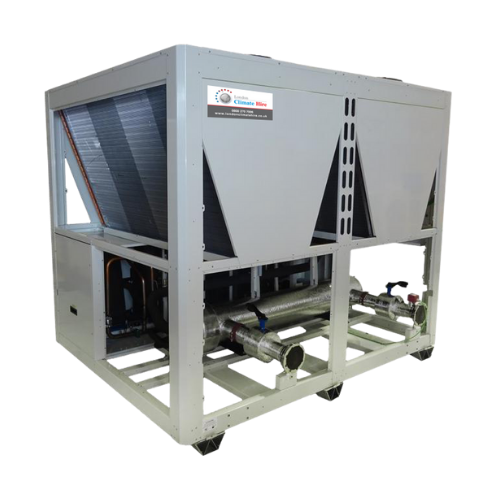Industrial chillers help reduce the risk of contamination caused by excessive heat in a process or application. They also safeguard the process’s integrity by eliminating excess heat from elements that are sensitive to high temperatures, such as food, beverage, plastics, printing, and more.
Moreover, an industrial chiller reduces a plant’s water usage, leading to lower cooling water costs. It also eliminates the need for a municipal water supply and wastewater disposal system by recirculating the facility’s water supply.
Are you planning to install an industrial chiller at your facility? Or are you looking for a chiller rental? Whichever it is, there are a few things to keep in mind when choosing an industrial chiller.
How to Select an Industrial Chiller
To guarantee that you pick the proper industrial chiller, examine the following four factors:
1. Size of the Chiller
Choosing the proper chiller size is critical if you’re looking for an industrial chiller hire. An undersized chiller will always be an issue. First, it cannot adequately cool the process equipment and cause the temperature to fluctuate.
On the other hand, a large chiller may not work at peak efficiency and will be more expensive to run. To avoid this, you’ll need to know the flow rate and the thermal energy that the equipment contributes to the cooling medium.
It’s best to learn the difference in temperature between the input and outlet water to estimate the suitable unit size for the chiller.
2. Fluid for Cooling Process
When selecting a cooling fluid for your operations, consider both the fluid’s performance and its compatibility with your equipment. The qualities of fluid at particular heat and freezing and boiling temperatures determine its performance.
When assessing equipment compatibility, keep in mind the materials and fluids since poorly sized systems are prone to corrosion and early seal failure.
3. The Temperature of the Cooling Fluid
There is a direct link between the chiller’s overall cooling capacity and the temperature at which it is set. The load on the system increases with a drop in temperature.
4. Flow Requirements and Process Pressure
The size and performance help regulate a system’s pressure loss and required flow rate.
- Flow – Inadequate flow results in insufficient heat transfer, preventing the flow from removing the amount of heat needed for the process’s safe functioning. The component temperatures will increase until a steady-state temperature is greater than the original set point.
- Pressure – Place pressure gauges at the inlet and outlet to calculate pressure loss across the system, and then add pump pressure for an appropriate flow rate. A pump that is too small will limit the fluid flow rate throughout the cooling loop.
If there is no internal pressure relief, the pump will attempt to maintain the required pressure by running at what is known as dead-head pressure or limit. When this happens, the pump’s life is severely shortened. Liquid stops flowing, and the liquid inside the pump heats up, ultimately vaporising the pump’s capacity to cool. Bearings, seals, and impellers are all subjected to severe wear as a result of this.
Conclusion
Industrial chillers are used in various sectors for the regulated chilling of goods, mechanisms, and production gear. You can purchase one or, better yet, look for the best industrial chiller rental for you. Either way, you’ll get the most out of the benefits.
London Climate Hire provides a bespoke turnkey rental solution. We offer boilers, chillers, heaters, portable air-conditioning, generators, ancillaries, and industrial chiller hire in the UK. Contact us today!

